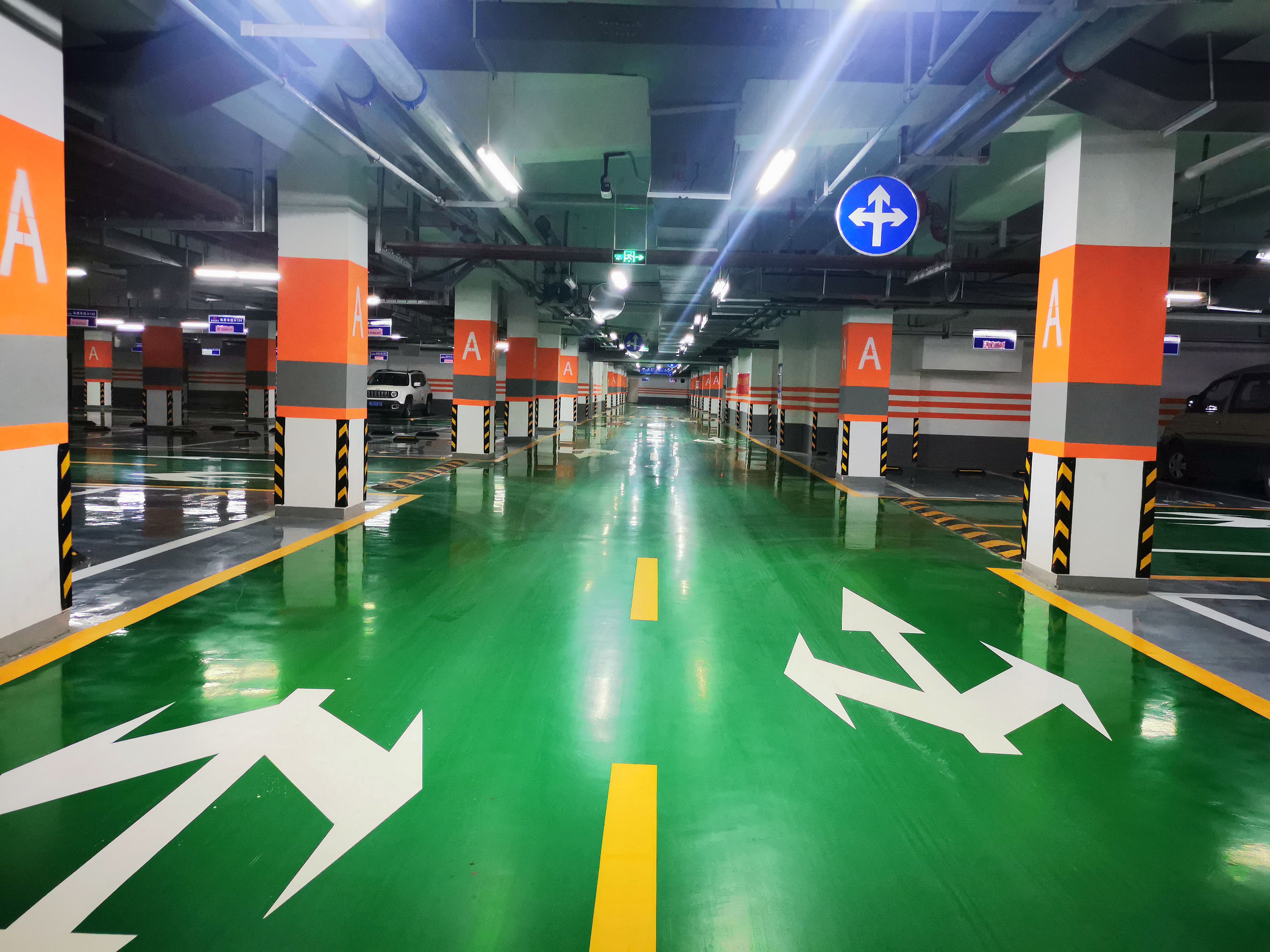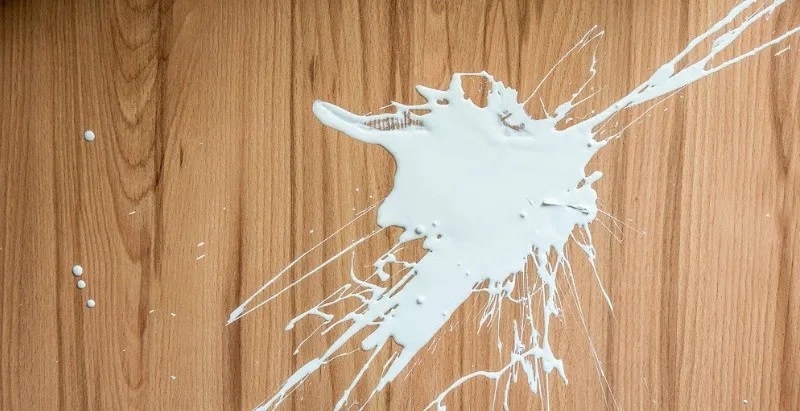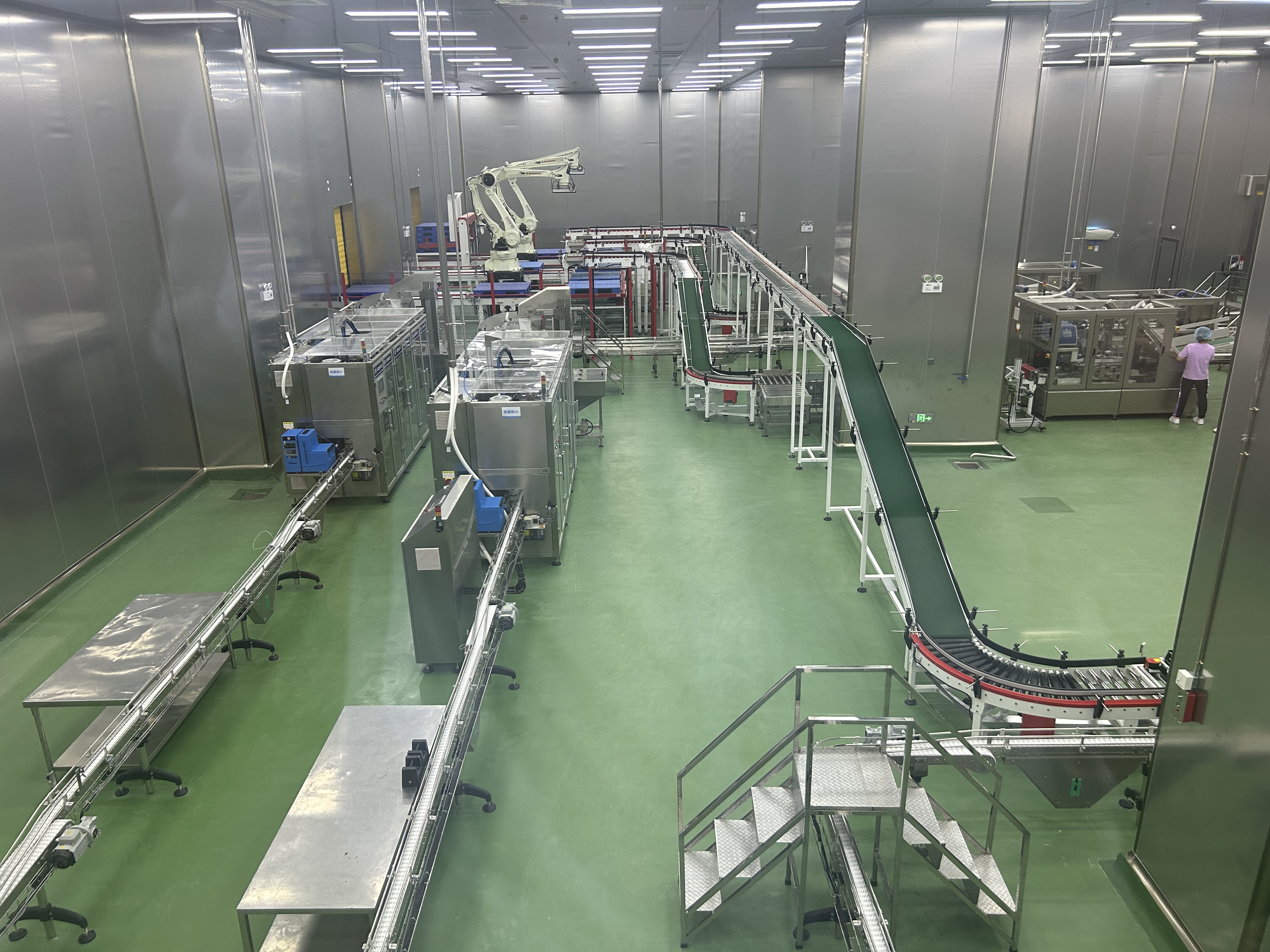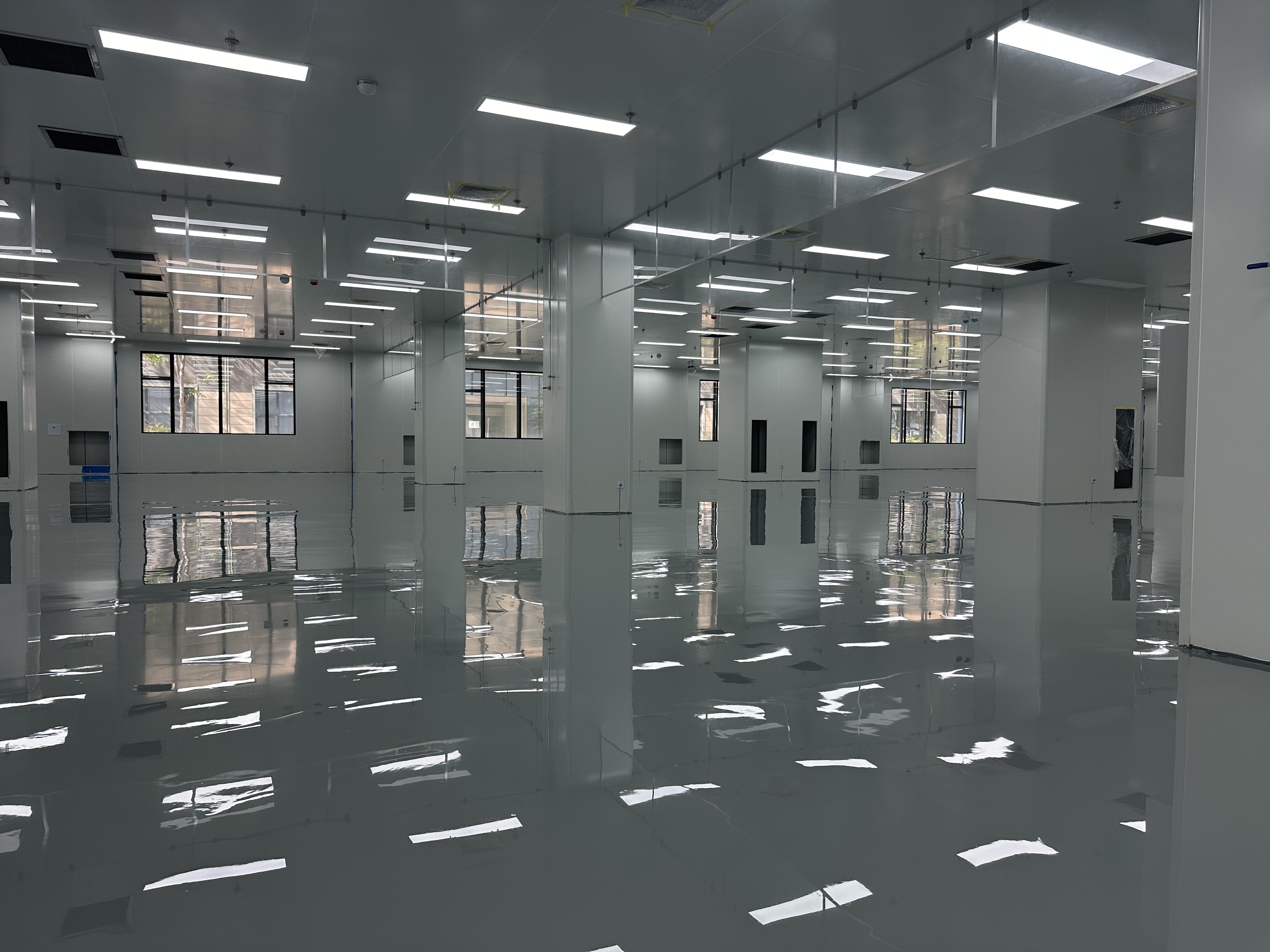What should be met before floor paint construction?
In the construction of floor paint, the adequacy of pre-construction preparation directly determines the final result. Insufficient pre-construction preparation may, at best, lead to floor sanding and chalking, reducing the surface tensile strength; at worst, it can cause severe issues such as shelling, blistering, and delamination. These problems arise when oil stains or impurities on the ground react with the floor paint, or when the moisture content of the base exceeds the standard, damaging the adhesion of the floor paint. Therefore, strictly controlling the base requirements, environmental conditions, and conducting proper ground pretreatment are crucial prerequisites for ensuring the quality of floor paint construction.
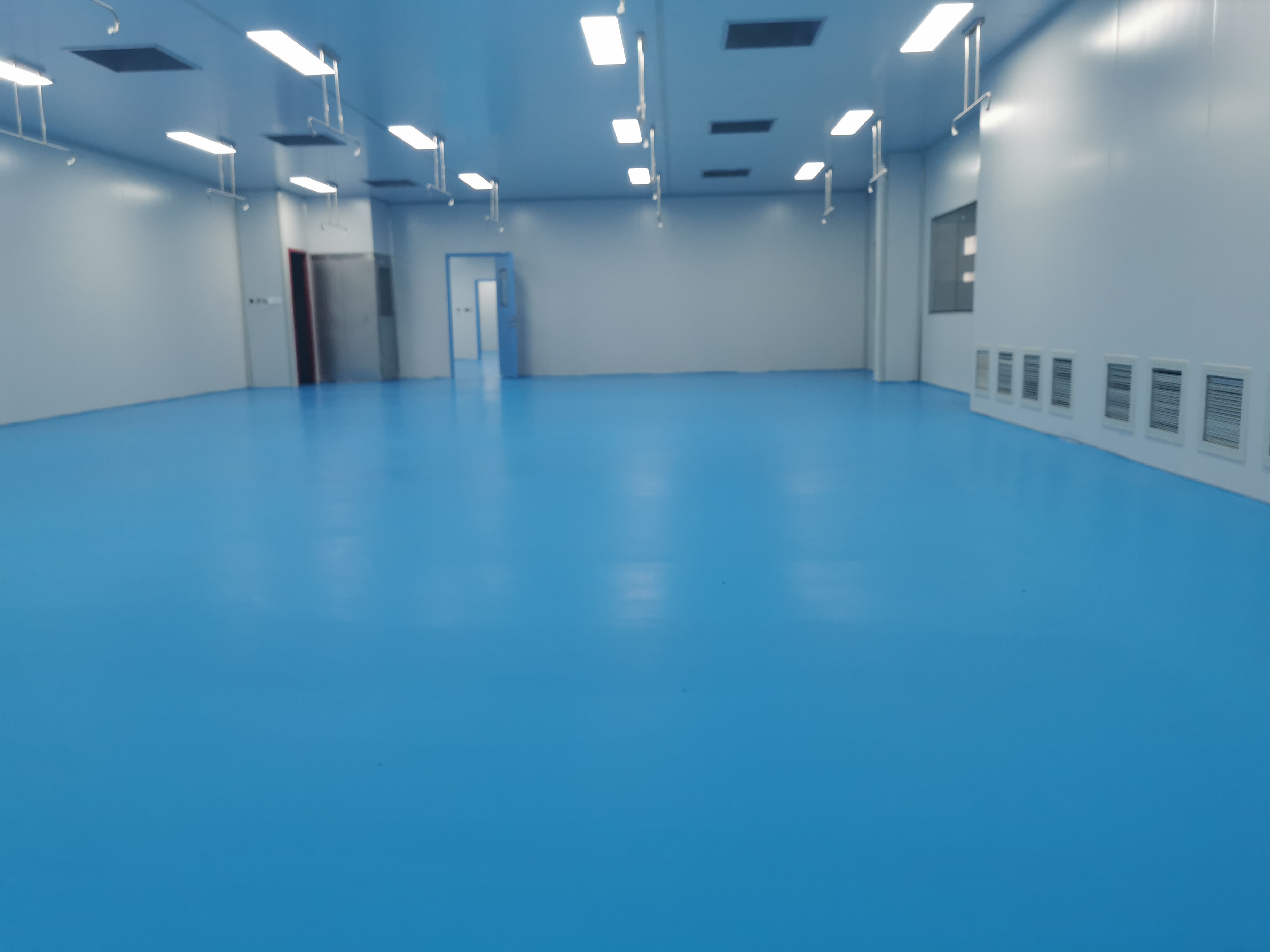
1. Core Requirements for the Base in Floor Paint Construction The base serves as the "foundation carrier" for floor paint, and its quality directly affects the adhesion and service life of the floor paint. It must meet the following six core standards: 1. Density Requirement: The surface of the base must be completely dense, without any looseness, sanding, or delamination. If there are loose areas in the base, the floor paint will easily peel off along with the chalking of the base after application, failing to form a stable coating. 2. Strength Requirement: The final strength of the floor concrete must be above C25, and the surface pressure-bearing capacity must exceed 60MPa. A base with insufficient strength cannot support the floor paint and the loads during subsequent use, making it prone to cracking and sagging, which in turn leads to damage to the floor paint. 3. Flatness Requirement: The flatness of the base surface must be inspected with a 2-meter straightedge, and the height difference shall not exceed 3mm. If the ground is uneven, the floor paint will have uneven thickness after application—thicker areas are prone to cracking, while thinner areas are prone to wear. This also affects both aesthetics and user experience. 4. Moisture-Proof Requirement: When applying epoxy floor paint on the ground floor, moisture-proof treatment must first be done on the ground. The ground floor is susceptible to moisture penetration from the ground below; without moisture-proof measures, the moisture will erode the floor paint upward, causing the paint film to blister and peel off. 5. Moisture Content Requirement: The moisture content of the base must be strictly controlled below 6%. Excessive moisture content will damage the adhesion between the floor paint and the base, leading to blisters, pinholes, or even overall delamination of the paint film due to moisture evaporation during curing. 6. Curing Time Requirement: A newly constructed concrete base requires sufficient natural curing time. Under standard conditions (relative humidity of 65% and temperature above 20℃), it usually needs to dry naturally for more than 28 days. Only when the concrete strength and moisture content meet the standards can epoxy floor paint construction be carried out, avoiding poor adhesion of the floor paint due to incomplete concrete curing. 2. Strict Environmental Requirements for Floor Paint Construction The construction environment directly affects the curing process and coating quality of the floor paint, and the following preparations must be made in advance: 1. Site Cleaning: Before construction, all ground piles and construction waste in the site must be cleaned up, and construction equipment must be placed neatly. This prevents debris from affecting the application of floor paint or causing impurities and scratches on the coating. 2. Personnel and Vehicle Control: Other construction teams must evacuate the work area. During construction, non-construction personnel and vehicles are not allowed to enter the floor paint construction area. This prevents damage to the uncured paint film caused by foot traffic or vehicle rolling, ensuring the integrity of the coating. 3. Waterproof Requirement: There shall be no water leakage or seepage on the walls and ceilings of the construction area. Water leakage will increase the local moisture content of the ground and directly damage the undried floor paint coating, resulting in local scrapping. 4. Lighting Requirement: The construction area must have sufficient lighting to allow construction personnel to clearly observe the ground conditions and accurately control the thickness and uniformity of the floor paint application. This avoids problems such as missing coats or thick coats due to poor visibility. 5. Ventilation Requirement: The construction area must be equipped with good ventilation facilities to ensure air circulation during and after construction. Adequate ventilation not only helps construction personnel avoid inhaling harmful substances volatilized from the floor paint but also accelerates the drying of the paint layer, shortens the curing time, and improves construction efficiency. 3. Ground Pretreatment Methods Before Floor Paint Construction Targeted pretreatment measures must be taken for different ground problems to create favorable conditions for floor paint construction: 1. Oil Stain Treatment: If there are oil stains (such as cooking oil or machine oil) on the cement or terrazzo ground, the penetration depth must first be determined. If the penetration is deep, the concrete must be re-poured; if the penetration is not severe, the ground surface can be wetted with water first, sprinkled with sodium hydroxide (commonly known as caustic soda), scrubbed repeatedly with a bamboo broom, then rinsed clean with water. If necessary, this process can be repeated 2-3 times until no oil stains remain on the surface. During operation, construction personnel must wear long rubber boots and rubber gloves to prevent caustic soda from corroding the skin; relevant solvents can also be used for cleaning according to the type of oil stain, and construction can be carried out only after the solvent has volatilized and dried. 2. Old Paint Floor Treatment: If there is old paint on the ground, the compatibility between the old paint and the new floor paint must first be determined. If the old paint is prone to shelling, peeling, or will react with the new floor paint, it must be completely scraped off or removed by grinding; if most of the old paint has good adhesion and does not react with the new paint, the peeling paint can be scraped off first, and then the surface layer of the old paint can be roughened with a grinder or hand-held sandpaper. This enhances the interlayer adhesion of the new floor paint and avoids delamination between the old and new coatings. 3. Uneven Ground Treatment: For uneven ground with cement lumps or loose cement residues, a diamond water grinder must first be used for overall grinding to remove raised lumps and loose residues. Then, the ground dust is removed by sweeping and vacuuming to ensure the ground is flat and clean, laying a foundation for uniform application of floor paint. 4. Expansion Joint Treatment: For deep expansion joints, colored elastic glue must first be used to fill the joints to a height of about 1-2mm below the ground level, then smoothed with quick-drying hard epoxy mortar; if the expansion joints have been filled with asphalt, the asphalt in the joints must first be scraped flat to 1-2mm below the ground level, then smoothed with quick-drying hard epoxy mortar. This prevents problems such as color reversion and cracking after subsequent floor paint construction. 5. Damp Ground Treatment: If the ground is damp or partially wet but urgent construction is required, emergency drying measures must be taken, such as absorbing surface moisture with absorbent cloths, irradiating with sun lamps, blowing with hot air blowers, or heating with gas flames. These measures accelerate ground drying, ensuring the base moisture content meets the construction standard of below 6% and avoiding adverse effects on the adhesion of the floor paint.
Link to this article:https://sprcoating.com/news/What-should-be-met-before-floor-paint-construction_123.html
